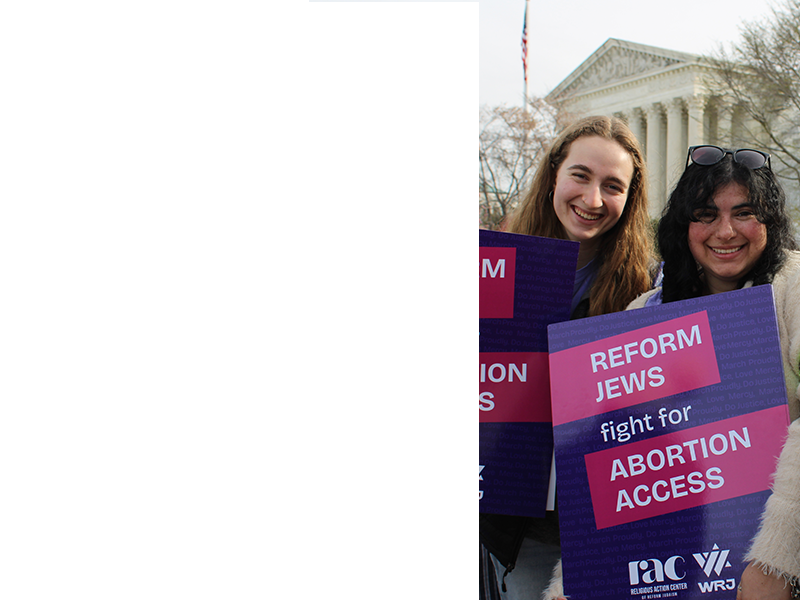Labor Day Programming for Children
Discussion Questions
General Questions About Work
- What kind of work do you do (chores, paid work, schoolwork, etc.)? When do you feel proud of your work? How do you like to be treated when you work?
- What do you think makes something a good job? A bad job?
- What kind of jobs would you like to have during your life? What do your parents do? Do you know what your grandparents did, and if they worked at your age? How have times changed?
Noticing Work and Workers Both Near and Far
- What kind of work do you see people around you doing every day? (housework, construction, etc.)
- Some work we don't see, but the people who do it are helping us. One example is clothing. Look at the label on your friend's shirt. What country is it from? Who do you think sewed your clothing? How old to you think they might be? What do you think their work life might be like?
Immigration
- Where did your family come from and when did they arrive in the US?
- What did they do for work once they got here?
- What cultural groups today have the role that Jews held in the early 1900s?
Activity: Taking it Home
Encourage students to talk to their parents, grandparents and older relatives about the work that they have done and how they feel about it:
- Where did your family come from and when did they arrive in the US?
- What did they do for work once they got here?
- Were your grandparents expected to leave school and start working? If so, at what age?
- What were their working conditions like?
- Were they involved in unions organizing for a better workplace and fair wages?
Additional materials avialalbe at: www.us.ilo.org, www.unicef.org/aclabor, and www.freethechildren.org. More tools for talking to children about work and labor can be found at www.aflcio.org.
Suggested Readings for Children
- Call Me Ruth by Marilyn Sachs follows the life of a Russian-Jewish girl who comes to the US with her mother in the early 1900s, and watches as her mother eventually become a labor-movement leader in the garment industry. Another Jewish perspective comes through Hannah's Journal: The Story of an Immigrant Girl by Marissa Moss. This is an illustrated book about the journey of a Jewish immigrant family coming to New York in 1901, as the family faces the hardships of poor working conditions in the garment industry.
- Immigrant Kids, a young adult history book by Russell Freedman, features first-person narratives by working immigrant children at the turn of the last century and classic photographs of children at work and play by Jacob Riis and Lewis Hine. Katherine Paterson's Lyddie is an acclaimed novel in which a young factory girl must decide whether to risk losing the job she desperately needs in order to protest the appalling working conditions, as she takes note of how much rougher it is for the recent Irish immigrants.
- A powerful account of immigrant labor for older readers is Beyond the Western Sea, Book I: Escape from Home by Avi, which details the struggles of Irish and English immigrants in the Massachusetts textile industry.
- Good Girl Work: Factories, Sweatshops, and How Women Changed Their Role in the Workforce by Catherine Gourley is a compelling presentation of primary source material and informative narrative for a young adult audience.
There are a number of books which feature the role of adults' work in children's lives that are appropriate for any age:
- Patricia Pollacco, an engaging Jewish author, wrote My Ol' Man about her father losing his job and getting a new, more exciting one
- Virginia Lee Burton's classic Mike Mulligan and his Steam Shovel tells of a man who defies expectation to get the job done.
- Diana Cohn's bilingual narrative Sí, Se Puede! / Yes, We Can! offers us the view of a child who joins his mother in protest during the recent janitor strike in Los Angeles.
Children's books about the Triangle Shirtwaist Fire of 1911, a tragedy which generated increased awareness of the exploitation of garment workers who were often Jewish, are the following:
- Bonnie Bader's East Side Story, about two girls who join a protest for better conditions
- Holly Littlefield's Fire at the Triangle Factory, an account of two 14-year-old girls who survived the fire
- Joan Dash's We Shall Not Be Moved: The Women's Factory Strike of 1909
- Barbara Goldin Diamond's Fire
- Zachary Kent's The Story of the Triangle Factory Fire
- Virginia Sherrow's The Triangle Factory Fire
Compiled by: Jews United for Justice. Drawing on a tradition of Jewish commitment to justice and the talents and dedication of our members, Jews United for Justice (JUFJ) is an exciting community-based organization that strives to organize a visible Jewish presence and take action for economic and social justice in the Washington, DC area. JUFJ provides Jews with an opportunity to weave together Judaism and activism, and creates a community in which they can explore and strengthen a commitment to both.
